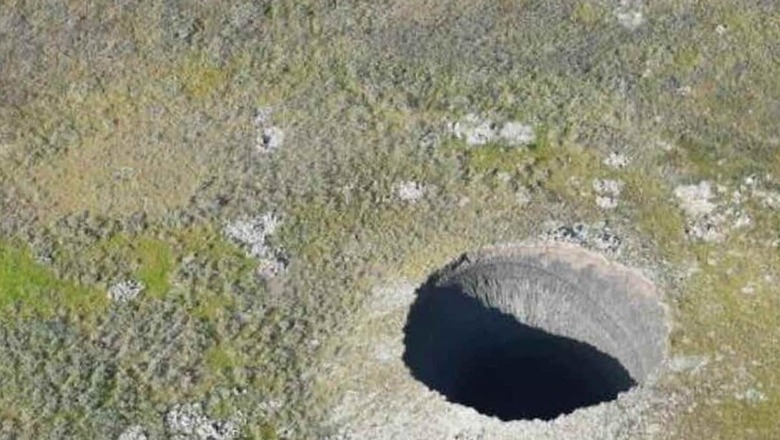
views
The Kola Superdeep Borehole holds the record for being the deepest artificial point on Earth, reaching almost 12,262 meters (40,230 ft) into the ground. In simple words, the depth of this hole is equal to the combined height of both Mount Everest in Nepal and Japan’s Mount Fuji. The drilling began on May 24, 1970, in Russia’s Kola Peninsula and continued until 1992, just after the collapse of the Soviet Union. The project was started during the Cold War era, as the Soviet Union had the ambition to create the deepest man made hole ever. Despite going so deep, the borehole was eventually sealed for various reasons, including safety, environmental concerns and financial crunch.
Additionally, the project faced unexpected challenges, such as high temperatures that reached up to 180°C, far beyond initial estimates and today, the site remains abandoned. The Soviet Union invested nearly two decades in drilling the hole. By the time the project was abruptly terminated, the drill had barely entered one third of the Earth’s crust and it scratched just the surface. Surprisingly, Soviets weren’t alone, as throughout the Cold War, there was a race among global superpowers like the US, Japan and Germany to dig deeper into the Earth’s crust, even reach the planet’s core.
Uli Harms, from the International Continental Scientific Drilling Program, Germany, told BBC, “It was in the time of the Iron Curtain when the drilling was started. There was certainly competition between us. One of the main motivations was that the Russians were simply not really open with their data. When the Russians started to drill they claimed they had found free water and that was simply not believed by most scientists. There used to be common understanding among Western scientists that the crust was so dense 5km down that water could not permeate through it.”
During the process, the Russians learned that it was crucial to drill as vertically as possible to avoid complications like bends in the hole. To avoid this challenge, they developed vertical drilling systems and they worked well for the Kola Superdeep Borehole project, which could drill until a depth of 7.5 km. However, in the final stretch, the hole moved away from its vertical path by almost 200 meters. Unfortunately, getting the necessary equipment proved challenging due to timing, which delayed the project.
According to Uli Harms, the original plan was to drill even deeper than the Soviets, but the project failed to reach the desired depth of 10 km within the given time. Additionally, the location of their drilling site was hotter than the Russians. The project was regarded as an expedition, which required complex preparation and the team was going into unknown territory. Harms further highlighted that the primary concern was the cost, as these expeditions are incredibly costly, which makes them challenging to perform repeatedly.




















Comments
0 comment